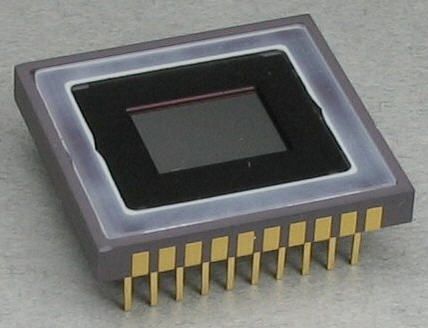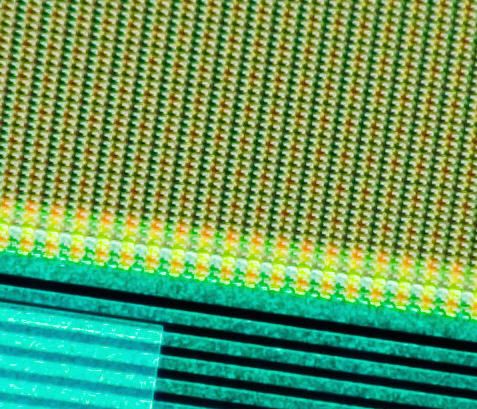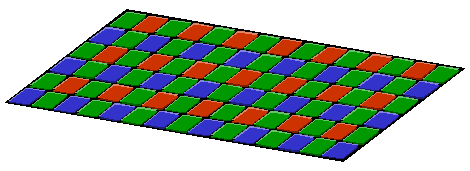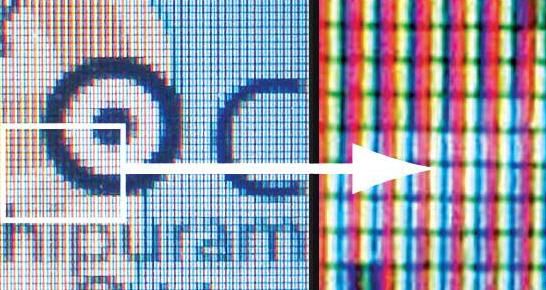The digital camera is another great example of a technology we take for granted. Because we had film-based cameras for so long, the idea of capturing an image isn't that miraculous to us any more. So, with the natural progression of technology making picture taking more and more instant, we all seemed to just kind of think, "Of course we can take digital photos." without questioning how it works.
Except me. I have to know how things work. No good reason for that. Sometimes I have to read a bunch of technical jargon, ask a lot of questions and then relate the information to something else I understand, before I can truly understand what's going on. That makes me a slow, but tenacious, learner. And really annoying when Jeopardy! is on.
The underlying technology of the digital camera is a light sensor and a program. The light sensor is most often a Charge Coupled Device (CCD) and the program is firmware that is embedded right into the circuit board of the camera. Kind of like the programs that help make your microwave oven or iPod work.
I'll focus on the CCD first. Yes, there is another kind of light sensor that can be used and that's the Complimentary Metal Oxide Semiconductor (CMOS) type. The mechanics of how they do what they do differ, but the principles are the same.
Think of the CCD as being a grid of millions of little squares, each one kind of like a solar cell. You know that a solar cell takes light energy and converts it to electrical energy right? And you probably figured that the more light there is the more energy it makes and vice versa right? So you can see where we're going with this whole CCD thing.
Each of those little squares on the CCD takes light energy and converts it to electrical energy. Each condition of the light - like brightness and intensity - generates a very specific electrical charge. Those charges for each little square are then transported through an array of electronics to where it can be interpreted by the firmware. The firmware knows what each specific charge means and translates it to information that includes the colour and other qualities of the light that the CCD picked up.
This process is done for each of the squares in the grid of the CCD - so now you can see the miracle that it really is! Now picture (pun intended) a million little squares, each one different as though they were puzzle pieces. The firmware puts those puzzle pieces together to form an image that is recognizable to the human eye.
The process of putting it together is very much akin to what happens with your television or monitor. It does this using pixels. Each pixel is comprised of three basic colours - red, green and blue. By varying the intensity of each colour within a pixel, the variety of colours that can be produced is amazing indeed. This is known as a Bayer filter.
Get up close with your monitor - to the point where you can see the pixels individually. Don't worry, that whole thing about going blind from sitting too close to the TV is an old wives' tale. Except when it comes to my kids. You might need a magnifying glass. Neat, huh? Did you see how there were more green pixels than red or blue? That's because somebody figured out that the eye is not as sensitive to green as it is to red or blue.
I digressed. The next step is for the firmware to record the information it saw into digital code. That code can be used to accurately reproduce the picture time and time again. Call it a recipe for that specific moment in time that you captured. Now, that code can be passed to the view screen on the camera, or to a monitor or printer to be reproduced.
And now you know how that all works. Hopefully taking the mystery away hasn't ruined the experience for you. I hope you enjoyed this high level overview of how these things work.
Are you a digital photo enthusiast? Did this article help you to understand the process better? Share your questions with us in the comments, and I'll try to answer them.
Photo Credit: ralphbijker





